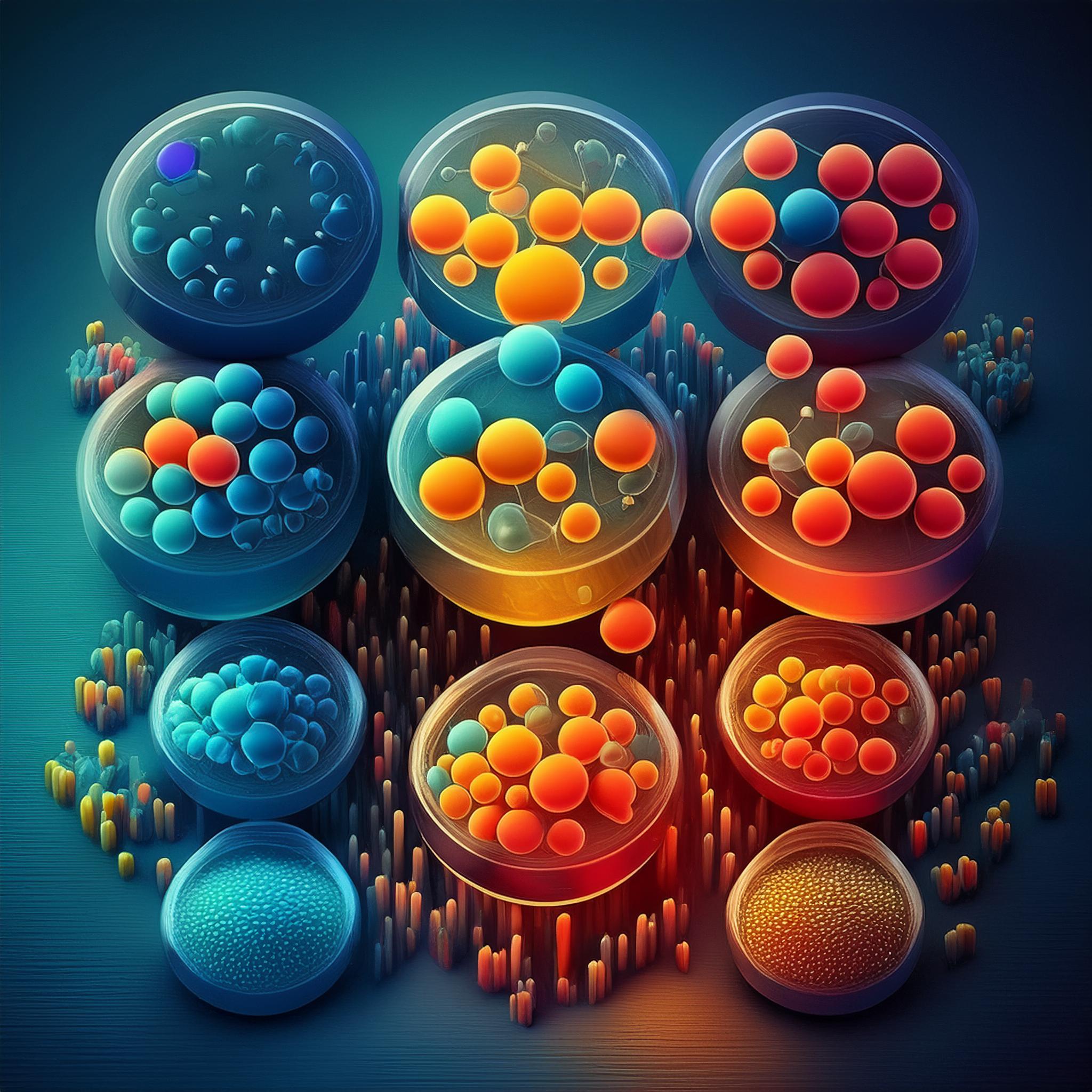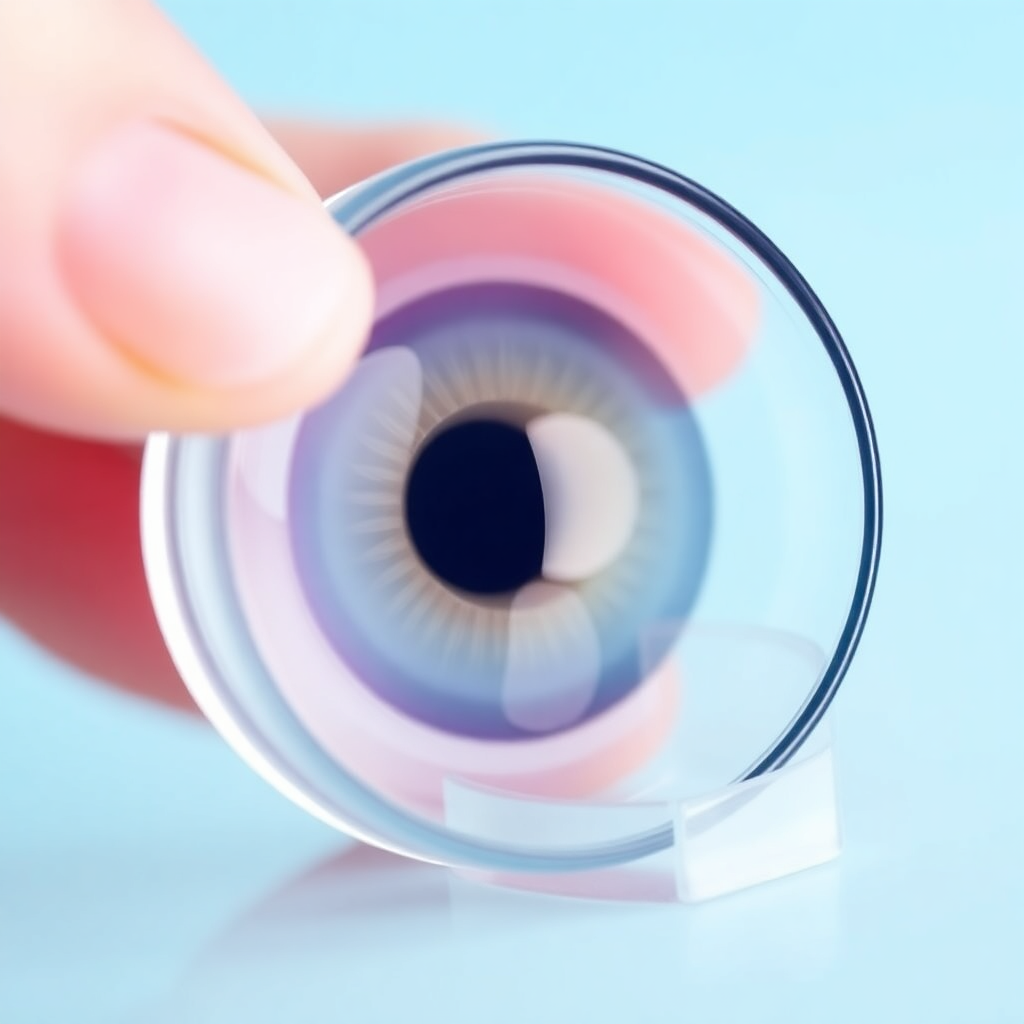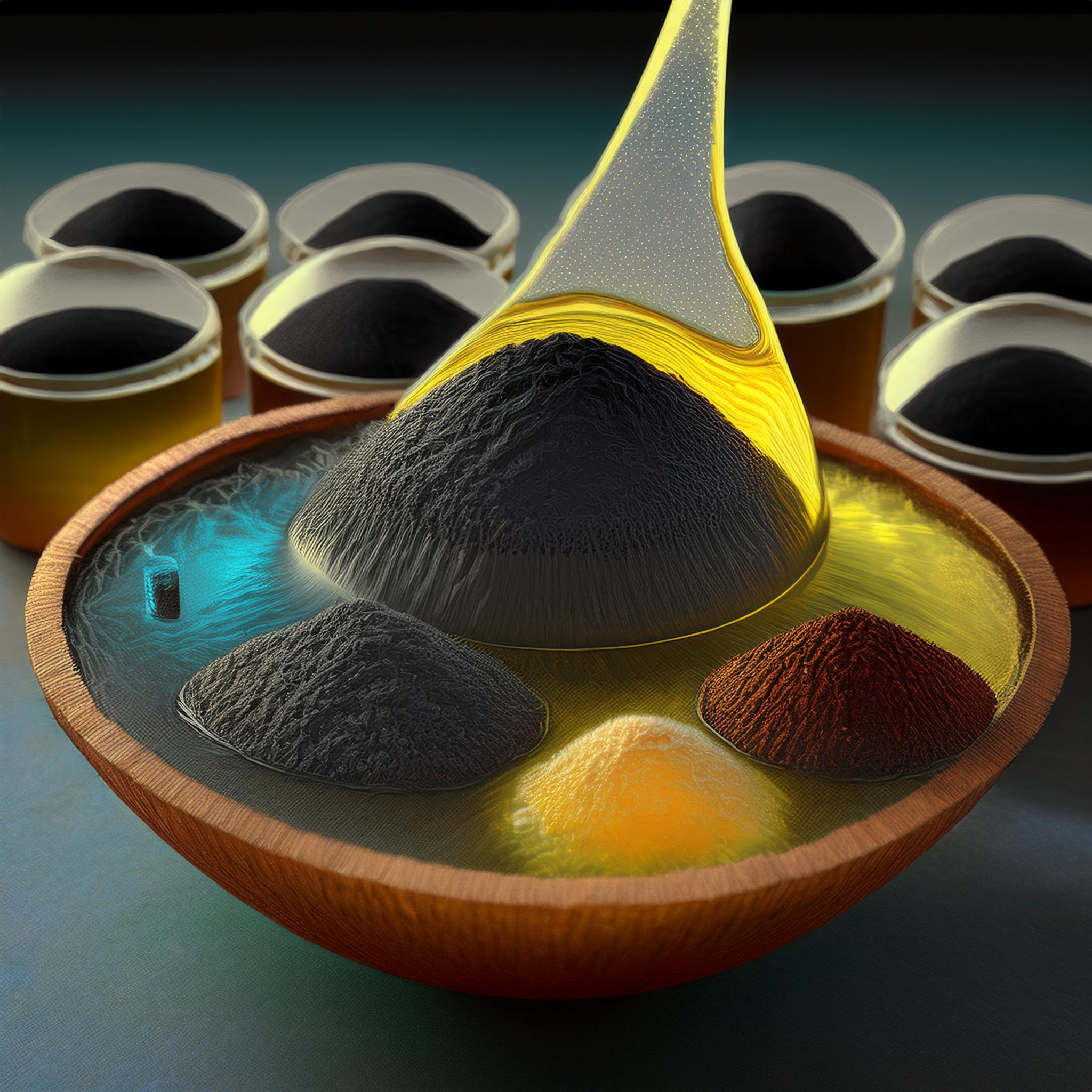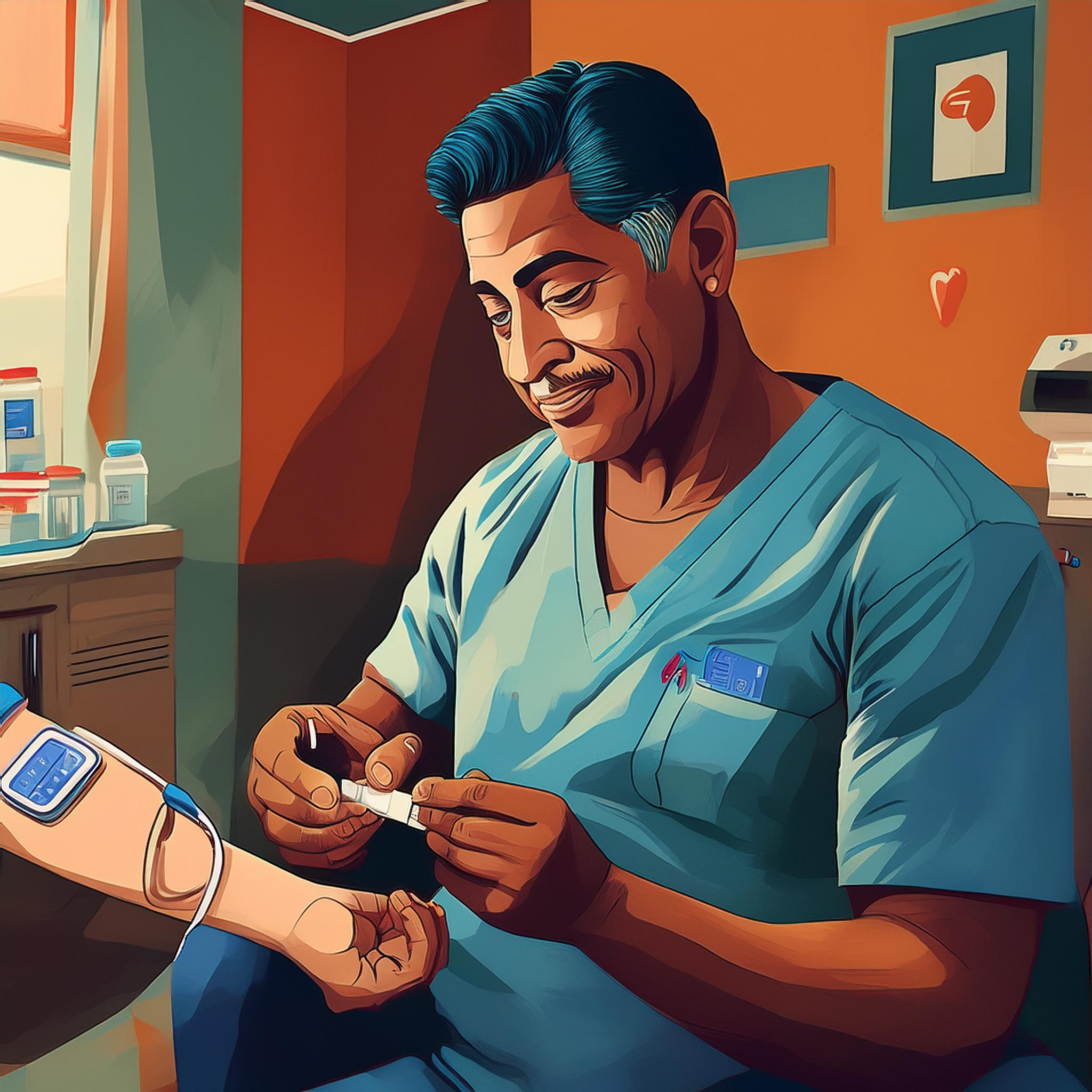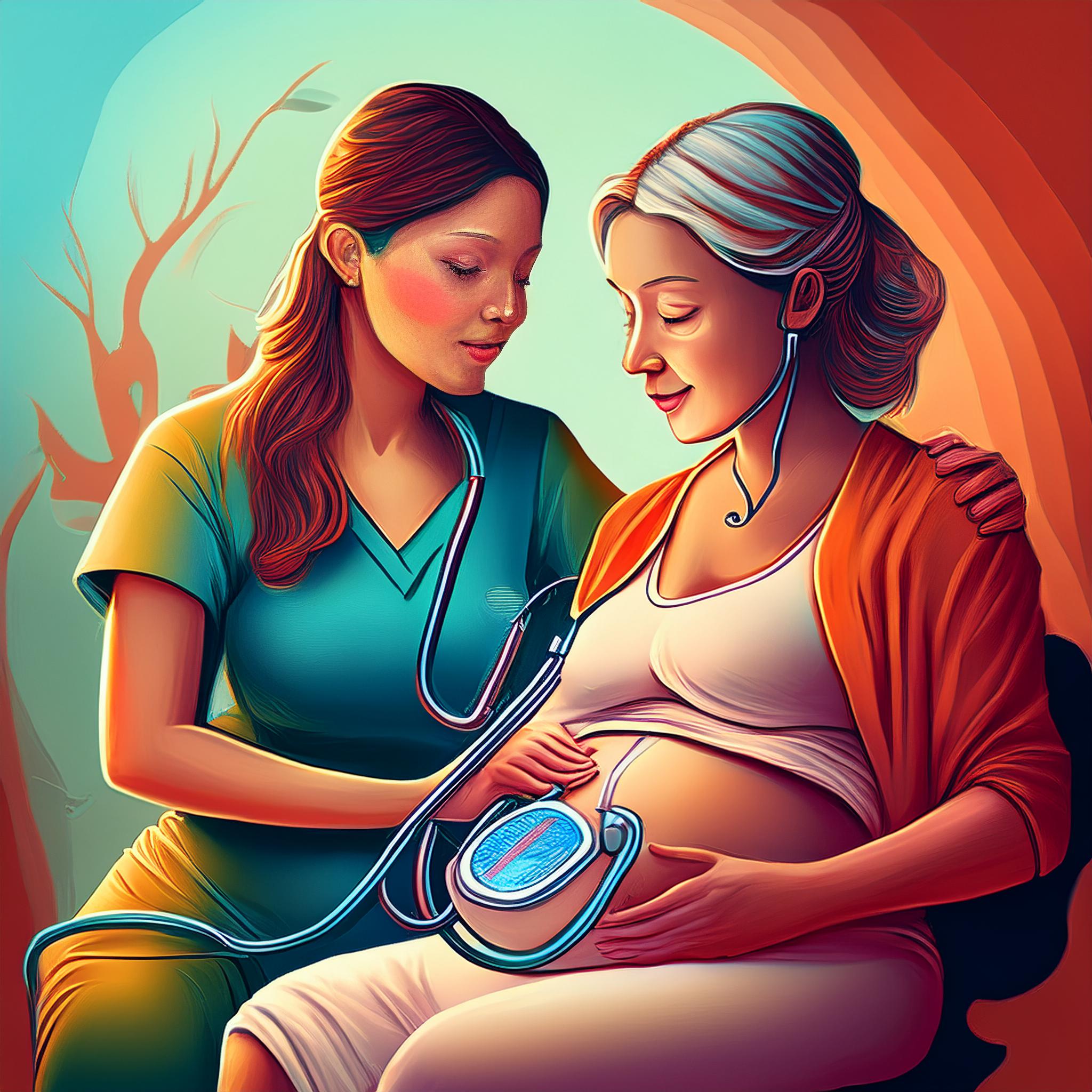Comparison of Results of Atypical Lymphocyte Test, RT-PCR and ELISA Using Recombinant Multivalent Envelope Protein Domain III (ED-III) Dengue Virus in Dengue Fever Patients
Downloads
Prevention of the transmission of dengue hemorrhagic fever (DHF) is carried out by breaking the chain of dengue transmission and administering vaccines, but to date, this has not achieved the expected target. Dengue virus tests using RT-PCR require skills and relatively expensive equipment. Serological test of IgM and IgG often shows false negatives or false positives, especially in dengue-endemic areas. The antibody test against NS1 using the ELISA method has weaknesses because anti-dengue IgM is often not detected in secondary infections. The development of serodiagnostic tests for rapid, affordable, sensitive, and specific detection of dengue virus infection is very necessary. Recombinant multivalent envelope proteins domain III (ED-III) dengue virus is a biomarker that has the potential to be developed to detect all dengue virus serotypes. One of the proteins that has high antigenicity is glycoprotein E which is found in the envelope of the dengue virus and is the most antigenic part of the virus. This research aims to combine several parts of the antigenic protein found in all dengue virus serotypes as immunoserodiagnostic material. This research is an analytical survey research, that compares the results of the atypical lymphocyte test, RT-PCR, and ELISA using the multivalent ED-III antigen. The number of samples used was 26 samples obtained from patients who were diagnosed with dengue fever using an accidental sampling technique. The results of the atypical lymphocyte examination showed 14 positive samples, while the results of the RT-PCR and ELISA examinations were 23 and 24 positive respectively. The average Optical density (OD) of examination using the ELISA method was 1.902 with sensitivity and specificity levels of 92% and 96%. There is no difference result of the RT-PCR compared with the ELISA test. Therefore, recombinant multivalent envelope protein domain III (ED-III) dengue virus can be used as a diagnostic tool to detect dengue fever infection.
Ahmad, Z., & Poh, C. L. (2019). The Conserved Molecular Determinants of Virulence in Dengue Virus. International journal of medical sciences, 16(3), 355–365. https://doi.org/10.7150/ijms.29938
Arruan RD, Rambert G, Manoppo F (2015). Limfosit Plasma Biru dan Jumlah Leukosit Pada Pasien Anak Infeksi Virus Dengue di Manado (Atypical lym-phocyte and Leukocyte Counts in Pedi-atric Patients with Dengue Virus Infection in Manado. Jurnal e-Biomedik, 3(1), 386-389. https://doi.org/10.35790/ebm.v3i1.7412
Ayu, P. R & Karima, N. (2019). Description of Dengue IgG and IgM Serological test with Blue Plasma Lymphocytes in Dengue Hemorrhagic Fever Patients at Pesawaran Hospital, Lampung. Jurnal Kesehatan Universitas Lampung.
Cardinal, A., & Alba, V. (2017). Atypical Lymphocytest As A Predictor Of Dengue Illness Among Pediatric Patients Admitted In A Tertiary Institution. Saint Louis University journal. https://doi.org/10.33425/2639-9458.1008
Chiang, C. Y., Pan, C. H., Chen, M. Y., Hsieh, C. H., Tsai, J. P., Liu, H. H., Liu, S. J., Chong, P., Leng, C. H., & Chen, H. W. (2016). Immunogenicity of a novel tetravalent vaccine formulation with four recombinant lipidated dengue envelope protein domain IIIs in mice. Scientific reports, 6, 30648. https://doi.org/10.1038/srep30648
Charisma, A.M., Farida, E.A., and Anwari, F. (2020). ELISA Diagnosis of Dengue Through Imunoglobulin G Specific Antibody Detection in Urine Sample with ELISA Method. ASPIRATOR. 12(1), 2020, pp. 11 – 18.
Hidayati, L. (2019). Sensitivity And Specificity Of Atypical Lymphocyte For Diagnosis Of Dengue Virus Infection At Mataram Hospital, West Nusa Tenggara: The 6th International Conference On Public Health.
Irianti, D. P., Reniarti, L, Azhali, M. S. (2009). Correlation of Blue Plasma Lymphocyte Count with Clinical Spectrum and Its Role in Predicting Changes in the Clinical Spectrum of Dengue Infection in children. (vol 10). Sari Pediatri
Indonesian Health Ministry. (2018). Profile of Indonesian Health 2018. Jakarta, Indonesia
Laiton-Donato, K., Alvarez, D. A., Peláez-Carvajal, D., Mercado, M., Ajami, N. J., Bosch, I., & Usme-Ciro, J. A. (2019). Molecular characterization of dengue virus reveals regional diversification of serotype 2 in Colombia. Virology journal, 16(1), 62. https://doi.org/10.1186/s12985-019-1170-4
Lidya Trisnadewi L., Wande. N., Nyoman. (2014). Pola serologi IgM dan IgG pada infeksi demam berdarah dengue (DBD) di Rumah Sakit Umum Pusat Sanglah, Denpasar, Bali bulan Agustus sampai September. E-Junal Med. 2016; 5: 1–5
Nguyen, N. M., Duong, B. T., Azam, M., Phuong, T. T., Park, H., Thuy, P., & Yeo, S. J. (2019). Diagnostic Performance of Dengue Virus Envelope Domain III in Acute Dengue Infection. International journal of molecular sciences, 20(14), 3464. https://doi.org/10.3390/ijms20143464
Provinsial Health Department. (2018). Annual Health Department Report of West Nusa Tenggara Province 2018. Mataram.
Rockstroh, A., Barzon, L., Kumbukgolla, W., Su, H. X., Lizarazo, E., Vincenti-Gonzalez, M. F., Tami, A., Ornelas, A. M. M., Aguiar, R. S., Cadar, D., Schmidt-Chanasit, J., & Ulbert, S. (2019). Dengue Virus IgM Serotyping by ELISA with Recombinant Mutant Envelope Proteins. Emerging infectious diseases, 25(1), 1111–1115. https://doi.org/10.3201/eid2501.180605
Rathore, A. S., Sarker, A., & Gupta, R. D. (2019). Designing antibody against highly conserved region of dengue envelope protein by in silico screening of scFv mutant library. PloS one, 14(1), e0209576. https://doi.org/10.1371/journal.pone.0209576
Sholihah, N.A., Weraman, P., & Ratu, J.M. (2020). Spatial analysis and modeling of risk factors for dengue hemorrhagic fever in 2016-2018 in Kupang City. The Indonesian Journal of Public Health. 15(1),52-61.
Shukla, R., Ramasamy, V., Shanmugam, R. K., Ahuja, R., & Khanna, N. (2020). Antibody-Dependent Enhancement: A Challenge for Developing a Safe Dengue Vaccine. Frontiers in cellular and infection microbiology, 10, 572681. https://doi.org/10.3389/fcimb.2020.572681
Syamsir & Pangestuty, D.M. (2020). Autocorrelation of spatial based dengue homorrhagic fever in air putih area, Samarinda City. Jurnal Kesehatan Lingkungan, 12(2), 78-86. https://doi.org/10.20473/jkl.vl2i2.2020.78-86
Tatontos, E.Y., Fihiruddin., and Inayati, N. (2021). Accurate detection of viral serotype dengue hemorrhagic fever through Aedes sp mosquitoes using reverse transcriptase polymerase chain reaction (RT-PCR). Jurnal Riset Kesehatan. 10(2), 148-152. https://doi.org/10.31983/jrk.v10i2.7706
Thanachartwet, V., Oer-Areemitr, N., Chamnanchanunt, S., Plengsakoon., Desakorn, V., Wattanathum, A. (2015). Identification Of Clinical Factors Associated With Severe Dengue Among Thai Adults: A Prospective Study. BMC Infectious Diseases. https://doi.org/10.1186/S12879-015-1150-2
Va´zquez, S., Lemos, G., Pupo, M., Ganzo´n, O., Palenzuela, D., Indart, A., and Guzma, M.G. 2003.´ Diagnosis of Dengue Virus Infection by the Visual and Simple AuBioDOT Immunoglobulin M Capture System. American Society for Microbiology. 10 (6), 1704-1707. https://doi.org/10.1128/CDLI.10.6.1074.
Copyright (c) 2024 JURNAL INFO KESEHATAN

This work is licensed under a Creative Commons Attribution-NonCommercial-ShareAlike 4.0 International License.
Copyright notice
Ownership of copyright
The copyright in this website and the material on this website (including without limitation the text, computer code, artwork, photographs, images, music, audio material, video material and audio-visual material on this website) is owned by JURNAL INFO KESEHATAN and its licensors.
Copyright license
JURNAL INFO KESEHATAN grants to you a worldwide non-exclusive royalty-free revocable license to:
- view this website and the material on this website on a computer or mobile device via a web browser;
- copy and store this website and the material on this website in your web browser cache memory; and
- print pages from this website for your use.
- All articles published by JURNAL INFO KESEHATAN are licensed under the Creative Commons Attribution 4.0 International License. This permits anyone to copy, redistribute, remix, transmit and adapt the work provided the original work and source is appropriately cited.
JURNAL INFO KESEHATAN does not grant you any other rights in relation to this website or the material on this website. In other words, all other rights are reserved.
For the avoidance of doubt, you must not adapt, edit, change, transform, publish, republish, distribute, redistribute, broadcast, rebroadcast or show or play in public this website or the material on this website (in any form or media) without appropriately and conspicuously citing the original work and source or JURNAL INFO KESEHATAN prior written permission.
Permissions
You may request permission to use the copyright materials on this website by writing to jurnalinfokesehatan@gmail.com.
Enforcement of copyright
JURNAL INFO KESEHATAN takes the protection of its copyright very seriously.
If JURNAL INFO KESEHATAN discovers that you have used its copyright materials in contravention of the license above, JURNAL INFO KESEHATAN may bring legal proceedings against you seeking monetary damages and an injunction to stop you using those materials. You could also be ordered to pay legal costs.
If you become aware of any use of JURNAL INFO KESEHATAN copyright materials that contravenes or may contravene the license above, please report this by email to jurnalinfokesehatan@gmail.com
Infringing material
If you become aware of any material on the website that you believe infringes your or any other person's copyright, please report this by email to jurnalinfokesehatan@gmail.com.



